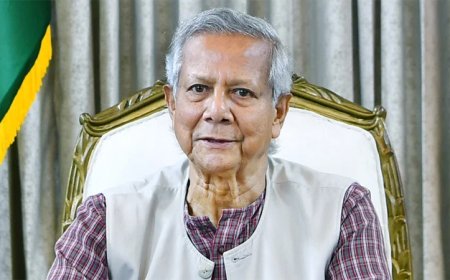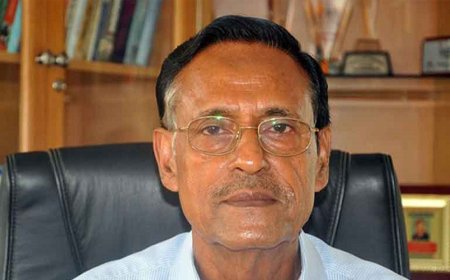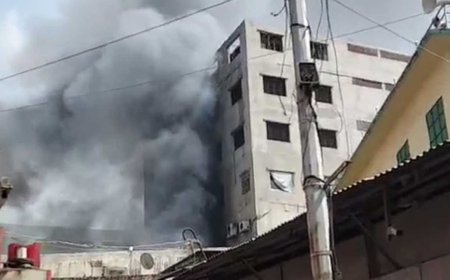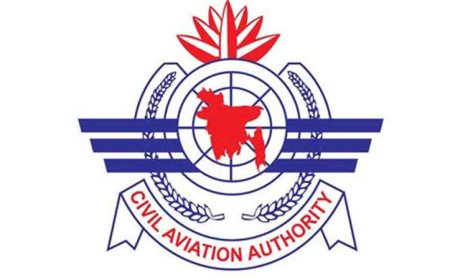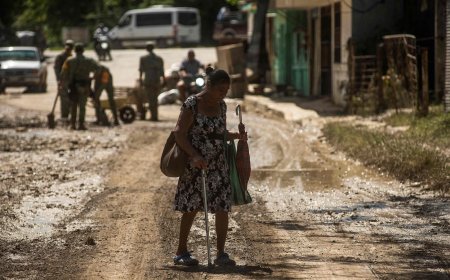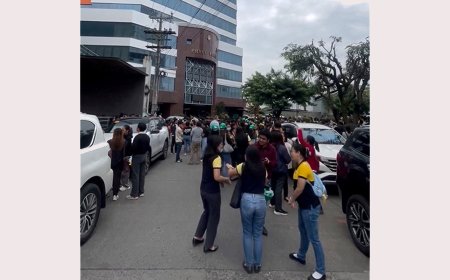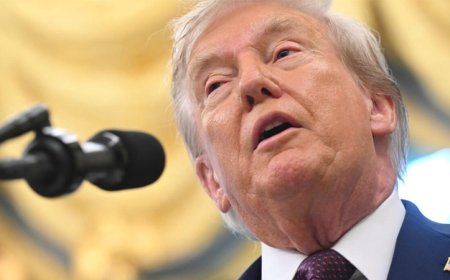Drones Concealed in Trucks: Ukraine’s Execution of Operation Spider’s Web Inside Russia
Drones Concealed in Trucks: Ukraine’s Execution of Operation Spider’s Web Inside Russia
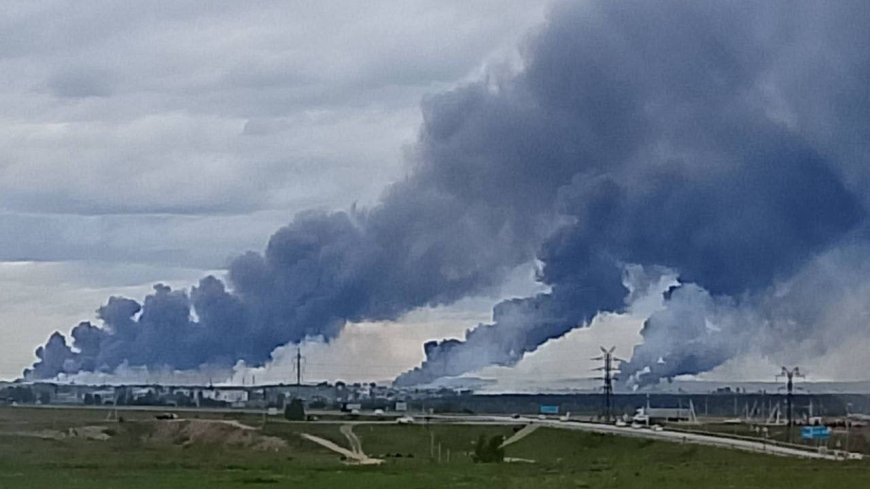
In a late-night address following Ukraine’s bold drone strike on Russian territory, President Volodymyr Zelensky hailed the operation, codenamed “Spider’s Web,” as “brilliant” and a significant blow to Russia. This large-scale drone attack targeted multiple Russian military airbases deep inside Russian territory, marking Ukraine’s longest-range strike to date.
According to Zelensky, the operation was a major strategic achievement that took one year, six months, and nine days to plan and execute. In a post on X (formerly Twitter), he emphasized the meticulous preparation involved, noting that personnel who helped plan the operation were safely withdrawn from Russian territory ahead of the strike. He described the mission as “absolutely brilliant” and framed it as a legitimate act of self-defense designed to compel Russia to end the war it started.
“Ukraine is defending itself, and rightly so — we are doing everything to make Russia feel the need to end this war. Russia started this war, Russia must end it. Glory to Ukraine!” Zelensky declared.
Damage Caused to Russia
While Ukraine claimed to have inflicted significant damage, the full extent remains uncertain. Reports indicate the coordinated drone strikes hit 41 Russian aircraft, including strategic bombers such as the nuclear-capable Tu-95 and Tu-22 models, as well as A-50 early warning aircraft. These planes were reportedly used by Russia to launch attacks on Ukrainian cities, according to sources within Ukraine’s Security Service (SBU), as cited by AFP.
The SBU estimated that Russia suffered losses of approximately $7 billion in strategic aviation assets during the operation. They claimed that about 34% of Russia’s strategic cruise missile carriers at its main airbases were damaged or destroyed. Zelensky later reiterated this figure in his public statements.
The Russian Defence Ministry confirmed that five air bases—located in Murmansk, Irkutsk, Ivanovo, Ryazan, and Amur regions—were targeted in the drone attacks. The ministry acknowledged damage to an unspecified number of aircraft but did not provide further details.
How the Attack Was Carried Out
The operation involved the deployment of 117 drones, each operated by Ukrainian personnel, according to Zelensky. Unlike previous strikes where drones were launched directly from Ukraine, this mission employed a more complex and covert strategy.
Ukrainian drones carrying explosives were smuggled into Russian territory hidden inside wooden crates loaded onto trucks. These trucks traveled close to the perimeter of the targeted airbases. Once in position, the roofs of the wooden crates were remotely opened, allowing the drones to take off and commence their attack.
This clever tactic was confirmed by reports from AFP and Reuters, both citing Ukrainian security sources. The covert nature of this approach allowed Ukraine to bypass many Russian defenses and carry out a successful strike deep inside Russian territory.
Zelensky’s Statements
In his address after the attack, delivered just a day before scheduled peace talks between Russia and Ukraine in Istanbul, Zelensky praised the operation as “brilliant.” He shared an intriguing detail about the operation’s command center, revealing that Ukraine’s operational “office” on Russian soil was located adjacent to the headquarters of Russia’s intelligence and security agency, the FSB, in one of Russia’s regions.
Zelensky also disclosed that prior to the operation, Ukrainian intelligence had intercepted indications that Russia was planning a massive strike of its own.
Looking ahead to the upcoming negotiations in Istanbul, Zelensky made clear that Ukraine will insist on a full and unconditional ceasefire as the basis for peace.
What's Your Reaction?









